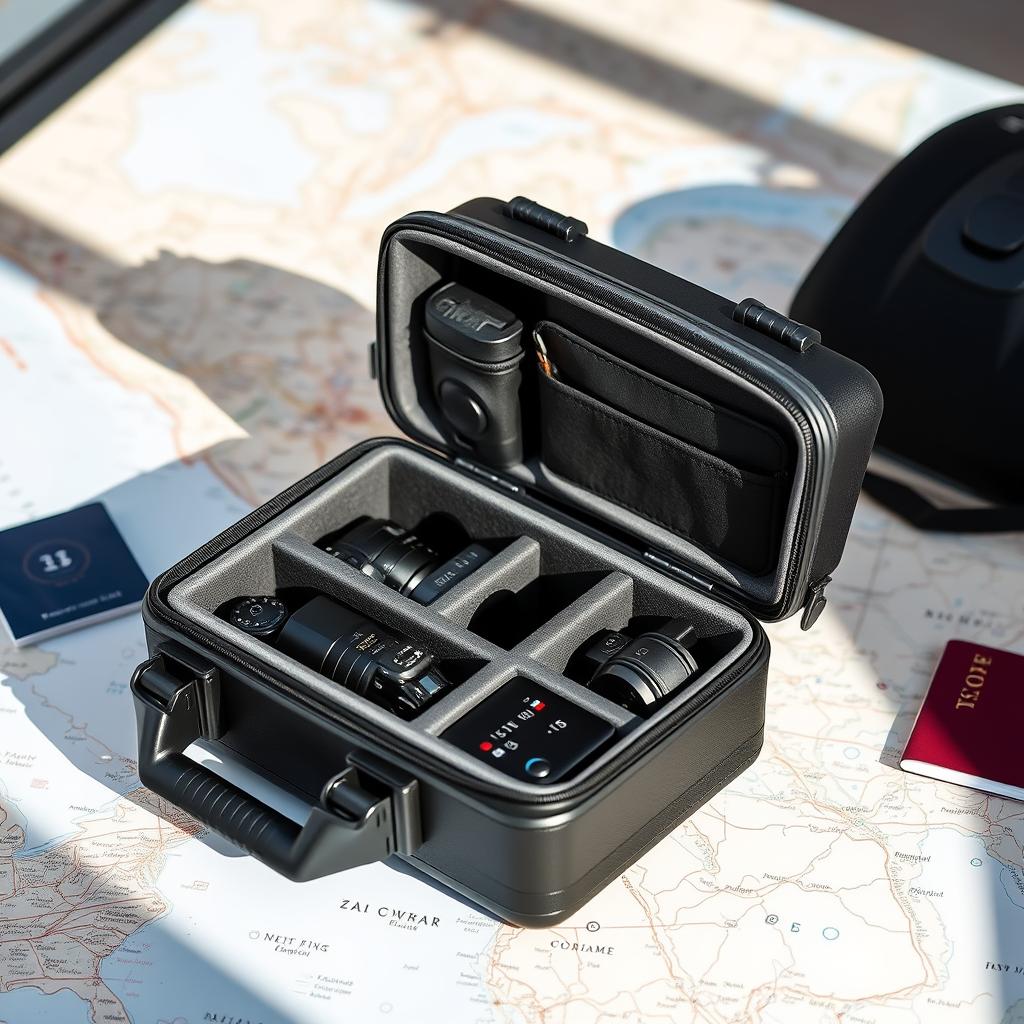Are you ready to connect with the world in a way that gives you the freedom to be yourself? Virtual Reality (VR) and Augmented Reality (AR) social platforms are on the rise, transforming how we interact with each other and our environment. Imagine having the ability to explore different locations without leaving your living room or meeting up with friends from all over the world without ever stepping foot outside. It’s a reality that many of us have been dreaming of for years, but now it’s becoming a reality. In this article, we’ll explore how VR/AR social media is changing the way we build relationships and make connections.
The idea of virtual connection has been around for decades, but only recently has technology advanced enough to make it possible. With powerful computers, sophisticated software, and innovative hardware, users can now experience an immersive environment like never before. Whether it’s through gaming or social media applications, VR/AR social platforms allow people to communicate in an entirely new way. You can virtually travel anywhere in the world while chatting with friends or strangers alike; there are no limits to what you can do or where you can go!
This trend is part of a larger movement towards greater autonomy and freedom in our lives. We’re seeing more people wanting to break free from traditional boundaries and explore new possibilities – both real and virtual – that they may not have had access to before. With these new virtual connections come endless opportunities for exploration and expression; it’s an exciting time for humanity! And as VR/AR technology continues to evolve, so too will our ability to connect with each other on a deeper level than ever before.
What Is Vr And Ar?
What is VR and AR? Virtual Reality (VR) and Augmented Reality (AR) are technologies that allow users to interact with virtual objects in a three-dimensional, computer-generated environment. In VR, all your senses are stimulated by an immersive, simulated experience while in AR, virtual objects are placed in the real-world setting. Both technologies offer exciting new ways of connecting with others and engaging with the world around us.
VR and AR have opened up a whole new realm of possibilities for social connection. They allow us to communicate without having to be physically present – enabling us to create connections with people from around the globe with ease. The potential for these platforms is immense; they could revolutionize the way we communicate and interact with each other, creating a more connected world than ever before. With that in mind, let’s take a look at the advantages of VR/AR social platforms.
Advantages Of Vr/Ar Social Platforms
Virtual Reality (VR) and Augmented Reality (AR) social platforms bring a whole new meaning to the phrase “connecting with others”. These platforms offer users an unprecedented level of immersion and connection that traditional methods can’t touch. With VR/AR, you can feel like you are actually connecting with someone in real life, though they may be miles away. Whether it’s just chatting, playing a game together or even attending a virtual event, these technologies provide users with an incredibly unique way to interact.
Not only do these platforms provide users with a great experience, but they also offer the potential for freedom. Unlike traditional methods of communication which sometimes require physical presence or location restrictions, VR/AR removes those limitations by allowing people to meet up and connect from anywhere in the world.
This opens up endless possibilities for anyone looking to expand their network or simply have some fun with friends. With VR/AR social platforms, there are no limits on where you can go or who you can meet!
These advancements in technology have revolutionized how we interact with one another and have given us an unparalleled level of freedom in doing so.
Now it’s time to explore the other side of this coin- let’s look at the potential drawbacks of using VR/AR social platforms next.
Disadvantages Of Vr/Ar Social Platforms
There are some drawbacks to using virtual reality or augmented reality social platforms that must be taken into consideration. For one, these systems can be quite costly to maintain and require a certain level of technical expertise to operate. Additionally, the user experience can leave much to be desired as the interfaces are often cumbersome and difficult to navigate.
Furthermore, there is a lack of privacy in virtual and augmented reality platforms, as users must share their personal data with the platform in order to use it. This can lead to an uncomfortable feeling of being monitored while interacting with others on these networks.
It is also worth noting that these platforms don’t always provide an authentic representation of users’ identities and experiences. As a result, users may find themselves connecting with people who are not who they say they are, leading to an overall sense of distrust and frustration. Despite this, VR/AR technology continues to evolve rapidly and offers exciting opportunities for socializing online.
Popular Social Platforms Using Vr/Ar Technology
The virtual world of VR/AR social platforms is quickly growing in popularity. From the immersive gaming experience of Oculus Quest to the social media platform of vTime, the offerings are diverse and fascinating. With vTime, you can virtually transport yourself to a digital landscape with your friends, where you can hang out and chat in real-time.
Meanwhile, AltspaceVR offers a variety of activities for users to engage in, from attending talks by inspirational speakers to playing games together. It even allows people to attend live concerts or join live classes from the comfort of their own homes!
Overall, these social platforms provide users with an exciting way to stay connected with one another while enjoying unique experiences that couldn’t be done in real life. They also offer a sense of freedom that traditional social networks could never provide – the opportunity for users to create their own virtual worlds and explore them as they see fit.
Benefits Of Creating Virtual Worlds
Creating virtual worlds is a great way to explore new ideas, experiences and relationships. It offers users the opportunity to express themselves in unique and creative ways. Through these platforms, users can connect with others all around the world without having to leave the comfort of their own home.
The most obvious benefit of creating a virtual world is the ability to connect with people from all over the globe. This can be done through text conversations or even more immersive activities such as playing games together, attending events online or exploring new places together through augmented reality technology.
The potential for collaboration and creativity is endless! Additionally, it’s much easier to make friends in virtual environments than it is in real life, as there are fewer social barriers and judgments when meeting someone virtually.
Creating virtual worlds also allows for greater freedom of expression. Users can create their own identity and live out fantasies that may not be possible in their everyday lives. In addition, it allows for users to customize their own space and explore different interests without judgement or pressure from those around them.
With this newfound freedom, users are able to freely share their ideas and thoughts with others in a safe environment – something that is often difficult to do offline due to fear of being judged by those around them.
As exciting as creating a virtual world may sound, it’s important to remember that it still requires dedication and effort on your part if you want to get the most out of it. To get started, think about what kind of environment you want to create – do you want an immersive gaming experience? Or perhaps something more casual? Once you figure out what type of environment you’d like to create, start exploring different tools available on the platform that can help bring your vision into reality!
How To Get Started With A Virtual Environment
Now that we’re familiar with the benefits of creating virtual worlds, it’s time to take a look at how to get started.
The first step is to decide what type of platform you’d like to use. There are many options available, so do some research and determine which one works best for your goals and objectives. You may want something more complex like a virtual reality (VR) or augmented reality (AR) platform, or something simpler such as a chatroom or social media platform.

Once you’ve chosen the right platform for you, it’s time to explore the different features and capabilities that are available. You’ll want to make sure that the platform has all the necessary tools for creating an immersive experience, such as 3D modeling, voice recognition, avatar customization, and more. Additionally, you’ll need to consider how users will connect with each other in the virtual environment.
With these tips in mind, let’s move on to discussing tips for connecting in the virtual world.
Tips For Connecting In The Virtual World
Connecting with others in the virtual world can be intimidating, but it doesn’t have to be. With a few tips, you can make sure your virtual connections are just as meaningful and fulfilling as those in real life.
First of all, don’t be afraid to reach out and introduce yourself. In the virtual world, there may not be many opportunities for casual conversation like there is in the real world, so take advantage of any that come your way. Don’t be afraid to ask questions or offer advice either – even if someone else has already asked the same question. You never know who might benefit from your contribution!
Remember that even though you’re communicating virtually, you’re still interacting with real people and should treat them with respect. Listen carefully when someone speaks, make sure your language is appropriate and avoid making assumptions about someone else’s background or experiences. It’s also important to remember that everyone has their own pace when it comes to building relationships – don’t expect immediate responses or deep conversations right away! By following these tips, you’ll make sure every connection is a positive one.
With these tips in mind, you’re well on your way to forming meaningful virtual connections – now let’s explore the impact of vr/ar on communication.
The Impact Of Vr/Ar On Communication
The impact of VR/AR technology on communication is undeniable. This new medium provides a sense of presence, enabling users to experience a shared space with those they are connecting with. People can now have meaningful conversations, virtually, regardless of their physical locations. It’s created a whole new world for socializing and has the potential to revolutionize connectedness as we know it.
Through VR/AR’s immersive capabilities, people can interact in ways that were previously impossible or had not been explored before; it’s made the world feel much smaller and more accessible. These innovations allow us to build relationships, share experiences, and create meaningful connections without ever leaving our homes.
We are no longer bound by the limitations of traditional communication methods and can instead use this technology to bridge distances between people around the world.
VR/AR is transforming the way we communicate, providing us with an opportunity to explore alternate realities and tap into new levels of creativity. By facilitating deeper connections between individuals, its potential for education and training is limitless.
The Potential For Education And Training Using Vr/Ar Technology
The potential for VR/AR technology to revolutionize education and training is immense. From virtual classrooms to simulations and enhanced learning activities, the possibilities are endless. Imagine being able to transport a student from their living room to a classroom in another part of the world or allowing them to virtually experience something that would be impossible in real life. With this technology, teachers can create immersive, interactive experiences that bring lessons to life and engage students on a deeper level than ever before.
At the same time, VR/AR can also provide unique opportunities for job training. Companies can now use these technologies to simulate tasks and processes, helping employees gain valuable experience without risking physical harm or wasting resources.
This could be especially important in dangerous industries, such as manufacturing or medical settings. By using VR/AR technologies for job training and development, companies can ensure their workers are safe and competent in all aspects of their work.
From enhancing educational outcomes to making job training more effective, the potential of VR/AR technologies is undeniable. In the next section, we will explore how businesses are leveraging these tools to improve efficiency and productivity across various industries.
Business Applications For Vr/Ar Technologies
The potential for education and training using VR/AR technology has been explored, but what about the business applications? Businesses have already seen the potential of using virtual reality to create immersive experiences for their customers.
For instance, companies like IKEA are now offering virtual reality showrooms where customers can explore furniture designs in a realistic setting. This allows customers to make informed decisions when purchasing furniture.
In addition to providing virtual showrooms, businesses can also benefit from using VR/AR technologies to improve employee training and collaboration. Companies like Walmart are already utilizing VR headsets to train employees on safety protocols and provide interactive simulations that encourage teamwork. By leveraging these immersive technologies, businesses can increase productivity and reduce employee training costs.
VR/AR technologies are revolutionizing the way businesses interact with their customers and employees. As these technologies become more accessible, we will likely see even more innovative applications for them in the near future. With that said, it’s clear that virtual connections will play a major role in how businesses communicate with each other and their stakeholders in the years ahead. The future of communication in a virtual world is an exciting one indeed!
The Future Of Communication In A Virtual World
The future of communication is looking more and more virtual, as technology advances and virtual reality (VR) and augmented reality (AR) social platforms become the norm. We’re living in a time where we can connect with people from all around the globe without ever leaving our homes. The possibilities for meaningful connections are immense.
VR/AR platforms allow us to interact with each other in ways that were never before possible, whether it be playing games together, watching movies side-by-side on a virtual movie theater, or even exploring foreign cities virtually. We can break down barriers of distance and language and share experiences together like never before.
These platforms also open up opportunities for businesses to reach new markets and deepen customer relationships through immersive experiences.
It’s hard to imagine what the future holds for virtual communication, but one thing is clear: it’s going to lead to greater freedom of expression and connection than ever before. We’re witnessing nothing short of a revolution in how we communicate; what was once limited by geographical boundaries is now only limited by our own imaginations!
Conclusion
In conclusion, it is clear that virtual reality and augmented reality technologies are revolutionizing the way we communicate with one another. VR and AR social platforms offer us a unique opportunity to create our own virtual worlds, bringing us closer together even when we might be miles apart. We can use these platforms for entertainment, business applications, and even education and training purposes.
The potential for communication in a virtual world is endless. It has already changed the way we interact with each other, and I believe it will continue to do so in the future. As technology advances, so too will our ability to connect with one another through virtual means. Who knows what possibilities await us as we explore this exciting new realm of communication?
VR/AR social platforms have made a huge impact on how we communicate with each other and it doesn’t look like it’s going away anytime soon. From connecting distant friends to learning about global cultures, there are endless possibilities of how these technologies can improve our lives. Let’s embrace the future of communication!







